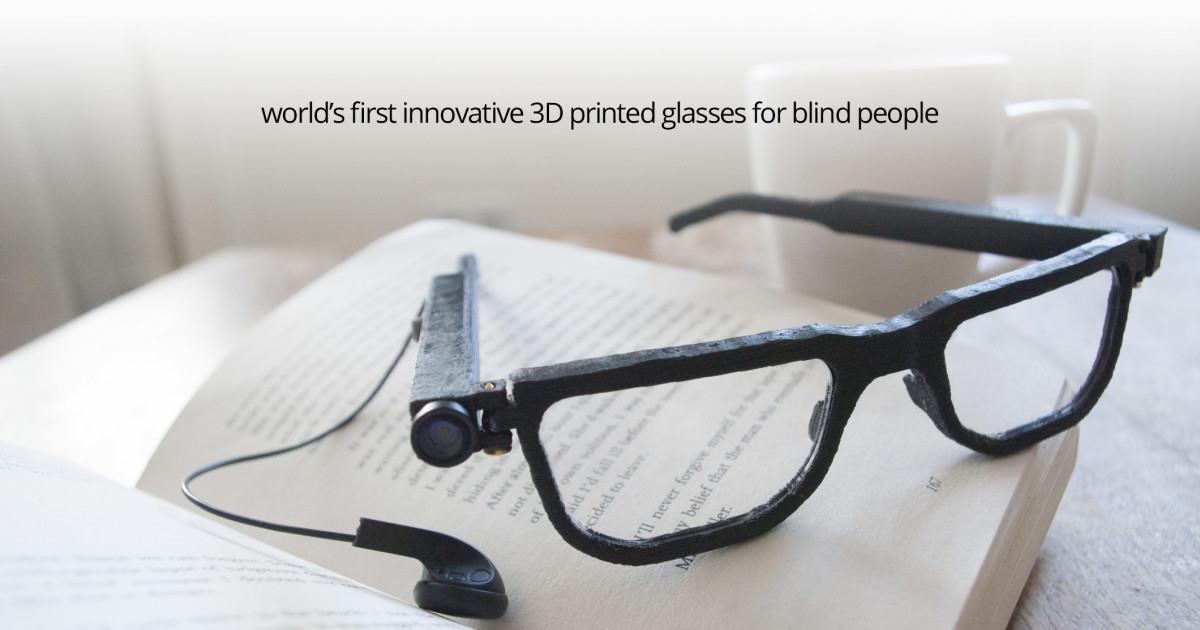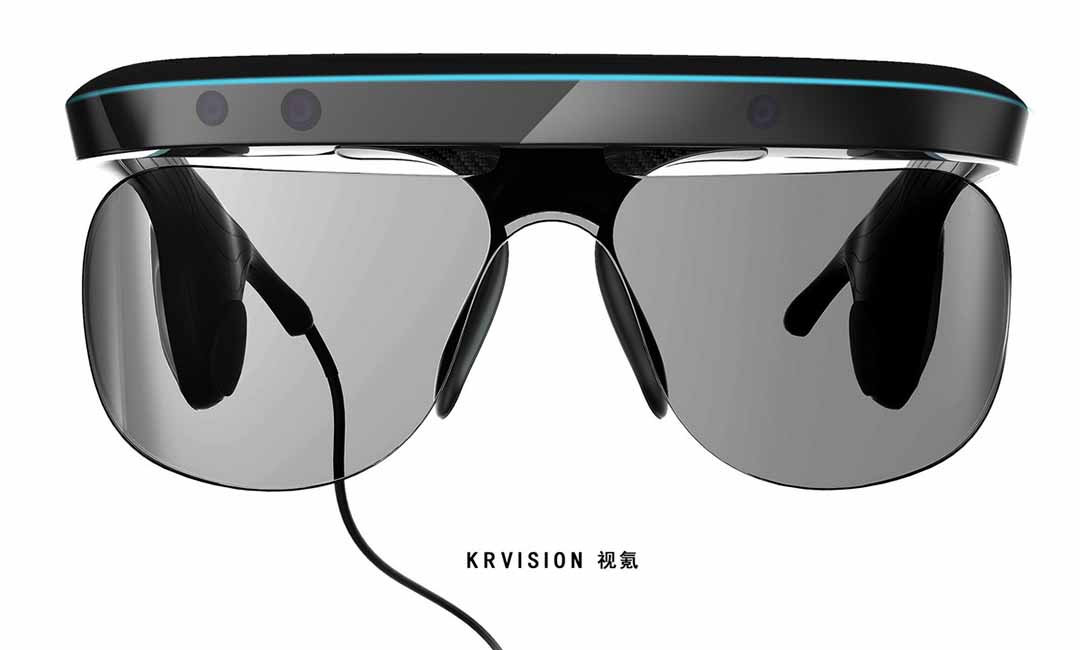Mobility Aids for Visually Impaired Users: Enhancing Independence and Navigation
Mobility Aids for Visually Impaired Users: Enhancing Independence and Navigation
Blog Article
Empowering Freedom With Assistive Modern Technology for the Blind
The integration of assistive technology for people that are blind or visually damaged represents a significant development in cultivating self-reliance and boosting lifestyle. With a variety of gadgets-- from screen viewers to cutting-edge tactile tools-- these modern technologies not only facilitate navigation and communication but likewise advertise social addition and engagement in numerous facets of life. As we discover the diverse kinds of assistive devices and their real-world applications, it comes to be clear that the impact is profound. Yet, the advancement of this technology elevates vital concerns regarding availability and future growths that call for further evaluation. Assistive technology for the blind.
Comprehending Assistive Innovation
Although assistive technology has developed significantly over the years, its basic objective continues to be the same: to improve the top quality of life for individuals with specials needs, specifically those who are blind or aesthetically impaired. This technology includes a broad variety of tools and devices that help with freedom and capability in daily activities.
Assistive technology can be categorized into low-tech and state-of-the-art solutions, each developed to meet details demands. State-of-the-art gadgets commonly consist of software application applications, specialized equipment, and flexible tools that make use of sophisticated innovation to give support in numerous contexts. On the other hand, low-tech services may involve everyday products that are modified to enhance availability, such as magnifiers or responsive markers.
The integration of assistive technology right into the lives of people who are blind or visually harmed not just advertises autonomy yet likewise promotes social addition and involvement in instructional and professional environments. By leveraging these technologies, users can browse their surroundings, accessibility information, and communicate properly, therefore enhancing their general quality of life. Understanding assistive technology is critical for experts, caregivers, and supporters that intend to support individuals in maximizing their possible and attaining greater freedom.
Types of Assistive Tools
Assistive devices for the blind and visually damaged are vital devices that boost daily obeying attending to details difficulties come across by users. These tools can be broadly classified into three major kinds: optical gadgets, digital gadgets, and sensory devices.

Sensory devices, such as Braille displays and responsive maps, provide alternate methods to obtain details. Braille shows transform digital message right into Braille, enabling customers to go through touch. Tactile maps offer spatial understanding through elevated lines and textures, enabling better ecological awareness.
Together, these assistive devices empower individuals with visual disabilities to engage even more fully with their environments, promoting better independence and self-confidence in day-to-day tasks.

Effect On Life
The combination of assistive technology right into the every day lives of individuals that are aesthetically impaired or blind considerably boosts their capacity to interact and browse with the globe around them. Gadgets such as screen visitors, Braille shows, and mobile applications facilitate access to details, enabling individuals to involve with digital content, connect effectively, and manage day-to-day jobs individually.
In addition, innovations like smart glasses and navigation applications offer real-time support in strange environments, boosting flexibility and confidence. These devices allow individuals to determine challenges, checked out indications, and even acknowledge faces, hence fostering a feeling of autonomy in public rooms. Furthermore, home automation systems, which can be managed through voice commands, permit individuals to handle their living environments a lot more efficiently, improving convenience and safety and security.
The effect of assistive innovation extends beyond sensible jobs; it promotes social inclusion and emotional well-being. By linking the gap between people and their environments, these modern technologies equip individuals to participate totally in community activities, go after instructional opportunities, and engage in meaningful connections. Eventually, the innovation of assistive technology contributes in redefining the possibilities for people that are aesthetically impaired or blind, leading to a much more inclusive and accessible culture.
Success Stories and Testimonies

Another effective testimonial originates from Mark, a current college graduate who utilized screen reading software throughout his scholastic trip. This modern technology allowed him to access program materials and get involved in conversations, inevitably leading to his successful transition into the workforce. Mark credit ratings assistive modern technology for encouraging him to achieve his career goals, emphasizing its function in leveling the playing area for people with aesthetic problems.
Furthermore, recreation center have reported enhanced participation in their programs many thanks to the intro of obtainable electronic platforms. These platforms have actually made it easier for people to attach, share resources, and support one an additional. These success stories collectively emphasize the extensive effect of assistive technology in cultivating independence, enhancing high quality of life, and damaging down barriers for the visually impaired and blind area.
Future Patterns in Assistive Tech
Emerging modern technologies are positioned to reinvent the landscape of assistive tech for individuals who are blind or visually impaired. Advancements in man-made intelligence (AI) and device learning are improving the capacities of gadgets, enabling more user-friendly individual experiences. For circumstances, AI-driven applications are progressively able to review and identify objects text out loud in real-time, supplying customers with important info concerning their environments.
In addition, advancements in wearable modern technology are creating new possibilities for independence. Smart glasses geared up with enhanced truth functions can overlay crucial info onto the individual's line of vision, promoting navigating and communication with the setting. Furthermore, the integration of Net of Points (IoT) tools is improving access in smart homes, allowing users to regulate appliances and obtain notifications through voice commands or responsive interfaces.
The growth of braille displays and responsive comments systems is additionally growing, promoting access to electronic web content and boosting communication. As these modern technologies proceed to develop, they assure to enhance day-to-day living, instructional chances, and work potential customers for people with aesthetic problems. Continuous cooperation between technologists, users, and campaigning for groups will certainly be vital in ensuring these innovations fulfill the demands see this site of the neighborhood properly.
Final Thought
Finally, assistive modern technology plays a critical role in boosting the self-reliance of people who are visually impaired or blind. By offering essential tools and sources, these modern visit this site right here technologies facilitate boosted navigating, interaction, and accessibility to details, thereby promoting autonomy and self-confidence. The transformative influence of assistive gadgets not just promotes effective communication with the setting but likewise urges social addition and engagement in different facets of life, inevitably equipping individuals to prosper within their areas.
The integration of assistive technology for individuals who are blind or visually damaged stands for a significant innovation in fostering freedom and improving top quality of life.The combination of assistive innovation right into the lives of individuals that are blind or aesthetically impaired not just advertises freedom but additionally cultivates social inclusion and participation in specialist and academic atmospheres. Ultimately, the advancement of assistive innovation is important in redefining the possibilities for individuals who are aesthetically damaged or blind, leading to an extra accessible and inclusive culture.
Several individuals that are blind or aesthetically impaired have actually shared inspiring success tales that highlight the transformative influence of assistive technology on their lives.In verdict, assistive technology plays a critical role in enhancing find the independence of individuals who are blind or visually impaired.
Report this page